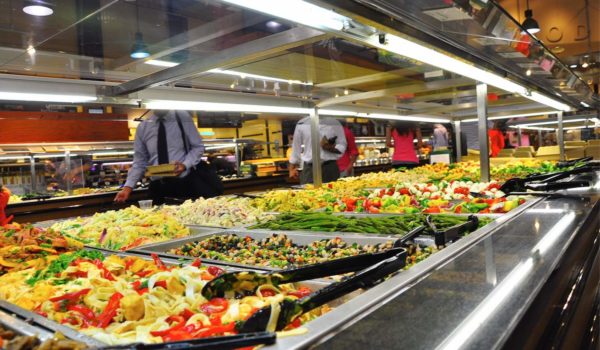Ever since our cave-dwelling ancestors accidentally dropped a woolly mammoth haunch into a fire, humans have been cooking and feasting on the bounties of the earth. But now the home-cave fires may be dying as attitudes on cooking are changing.
Consumers fall into three categories when it comes to those attitudes:
- People who love to cook and cook often.
- People who hate to cook and avoid it by heating convenience food and prepared fare or by ordering in or dining out.
- People who like to cook sometimes and who, depending on the situation, mix cooking at home by heating prepared foods with ordering in or dining out.
According to the Harvard Business Review, fifteen years ago, those in the “love to cook” column changed from 15 percent of consumers to 10 percent, while those who “hate to cook” dropped from 50 percent to 45 percent. The sole uptick? Consumers who “like to cook sometimes,” but also buy prepared foods and dine out, rose from 35 percent to 45 percent.
Driving the change are online sales of meal kits, more prepared food and higher-end quick-serve offerings on the shelves, as well as a slew of popular cooking shows on cable and the web that provide the inspiration but not necessarily the energy to actually cook.
As a result, consumers are now spending more money on food in restaurants, for example, than they are on groceries.
To keep at least the ovens warm and the microwaves humming, here’s what grocers and food manufacturers can do:
- Give up shelf-space of products with lagging sales and reallocate space to prepared meals.
- Cater to health-conscious consumers with dedicated sections and displays.
- Hike prices by stocking super-premium prepared foods and focus on selling these products in local, high-end markets.
- Explore new technologies such as MATS (microwave-assisted thermal sterilization), which preserves quality and taste, extends shelf life and reduces spoilage and waste.
Finally, but just as important, because food is deeply rooted in communal gatherings and experiences, grocery stores and chains can work to optimize customer loyalty. According to the Food Marketing Institute and Precima, a global retail strategy and analytics company, customer loyalty is the key to giving brick-and-mortar operations a competitive edge over digital retailers.

